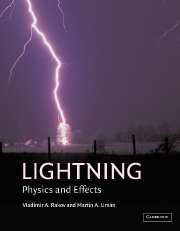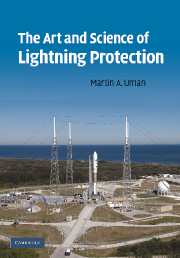An eminent group of lightning safety experts, meeting at the American Meteorological Society's annual conference in 1998, formulated the following guidelines regarding safety from lightning injury and death (Holle et al. 1999):
No place is absolutely safe from the lightning threat; however, some places are safer than others.
• Large enclosed structures (substantially constructed buildings) tend to be much safer than smaller or open structures. The risk for lightning injury depends on whether the structure incorporates lightning protection, construction materials used, and the size of the structure.
• In general, fully enclosed metal vehicles such as cars, trucks, buses, vans, fully enclosed farm vehicles, etc., with the windows rolled up provide good shelter from lightning. Avoid contact with metal or conducting surfaces outside or inside the vehicle.
• Avoid being in or near high places and open fields, isolated trees, unprotected gazebos, rain or picnic shelters, baseball dugouts, communications towers, flagpoles, light poles, bleachers (metal or wood), metal fences, convertibles, golf carts, and water (ocean, lakes, swimming pools, rivers, etc.). When inside a building avoid use of the telephone, taking a shower, washing your hands, doing dishes, or any contact with conductive surfaces with exposure to the outside such as metal door or window frames, electrical wiring, telephone wiring, cable TV wiring, plumbing, etc.
Where groups of people are involved, an action plan for getting to a lightning-safe place must be made in advance by the responsible individuals.

